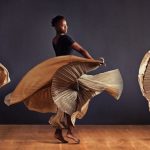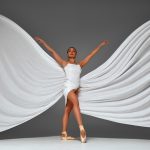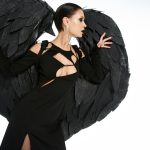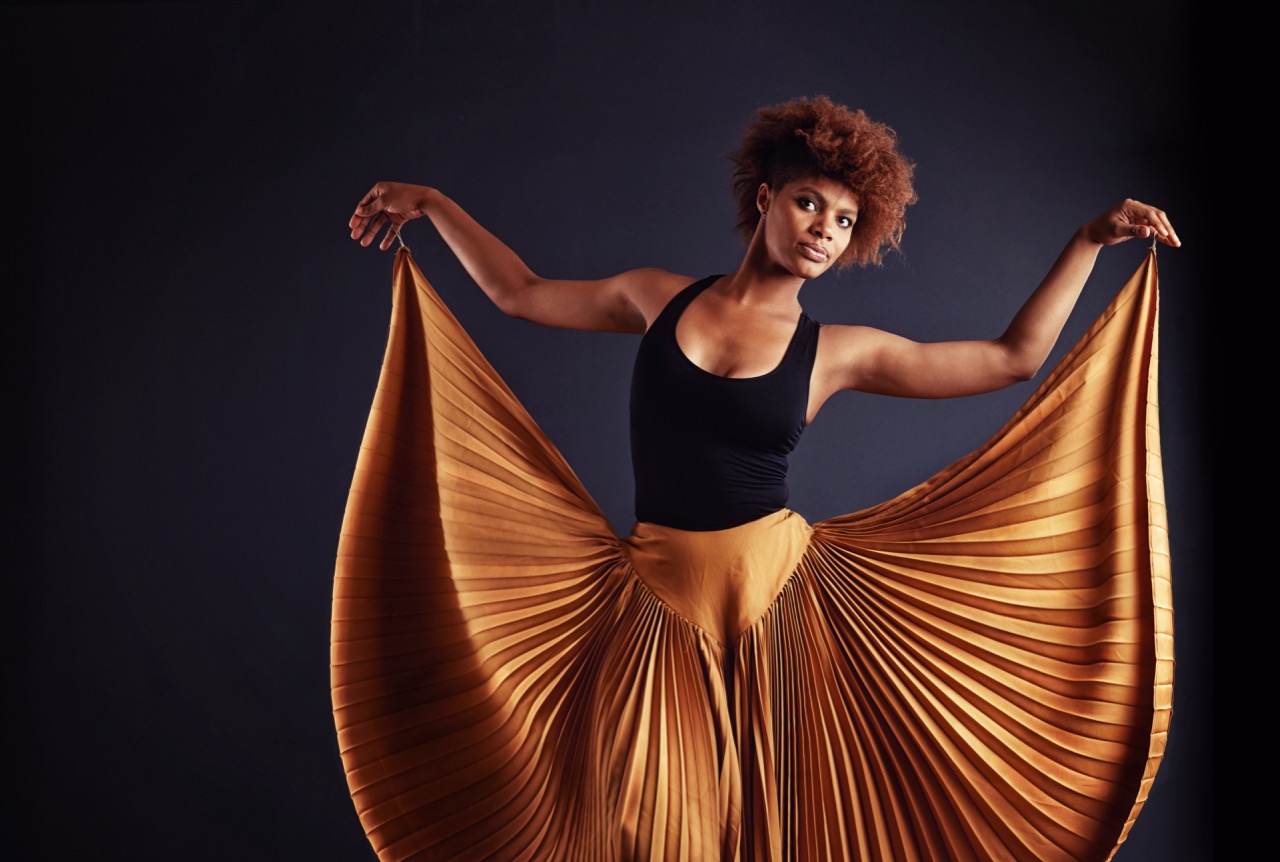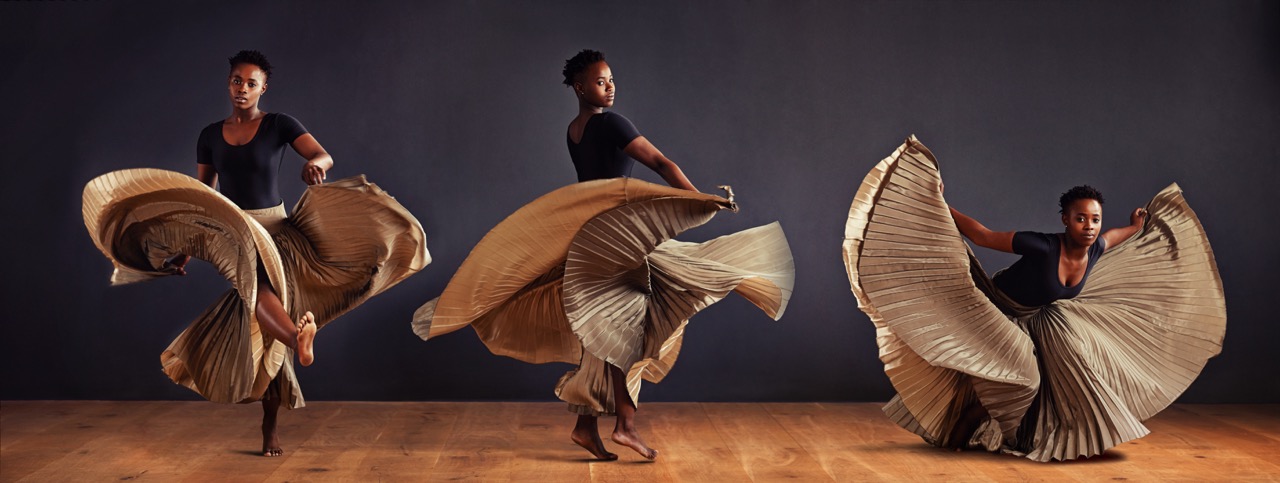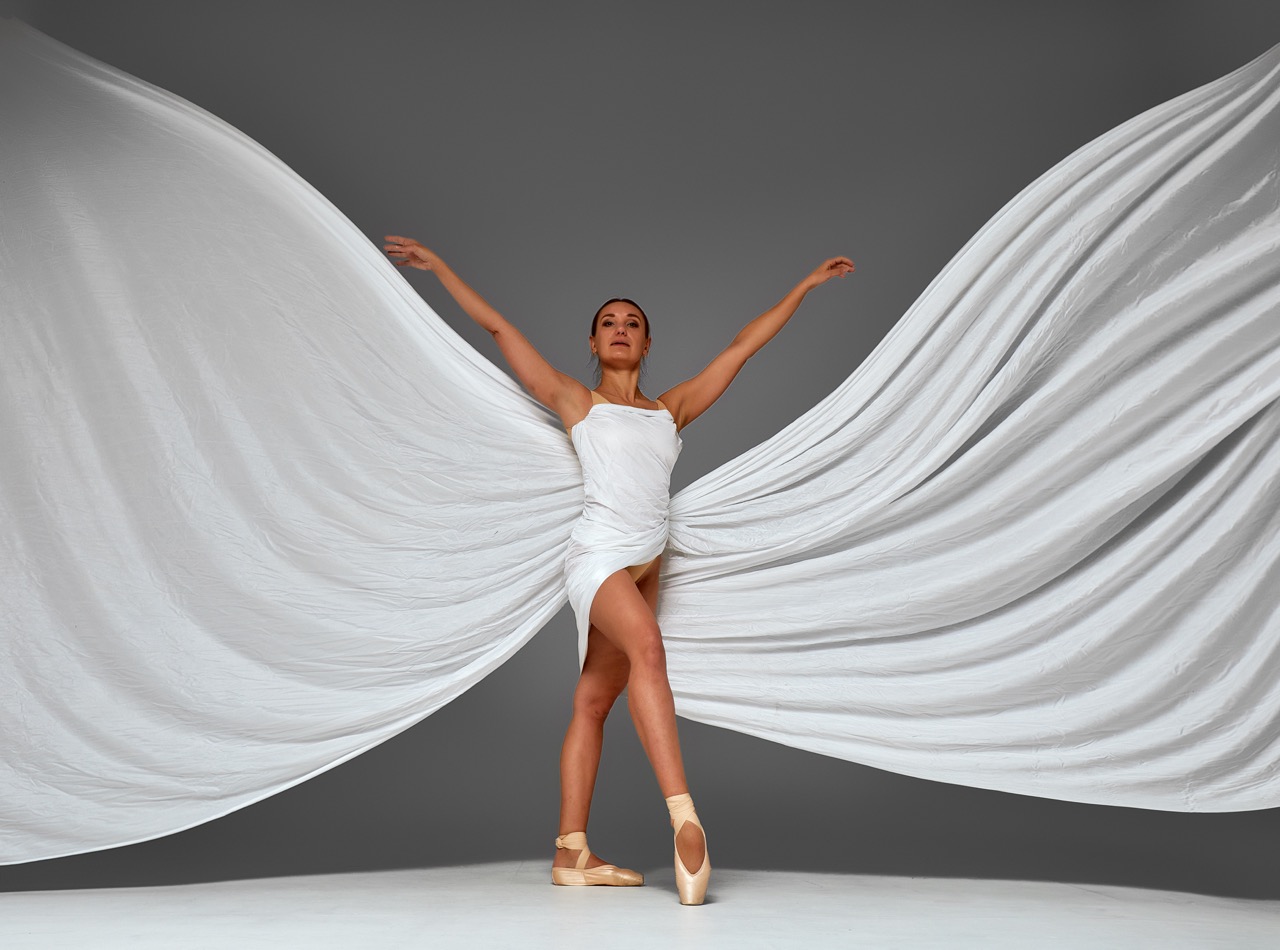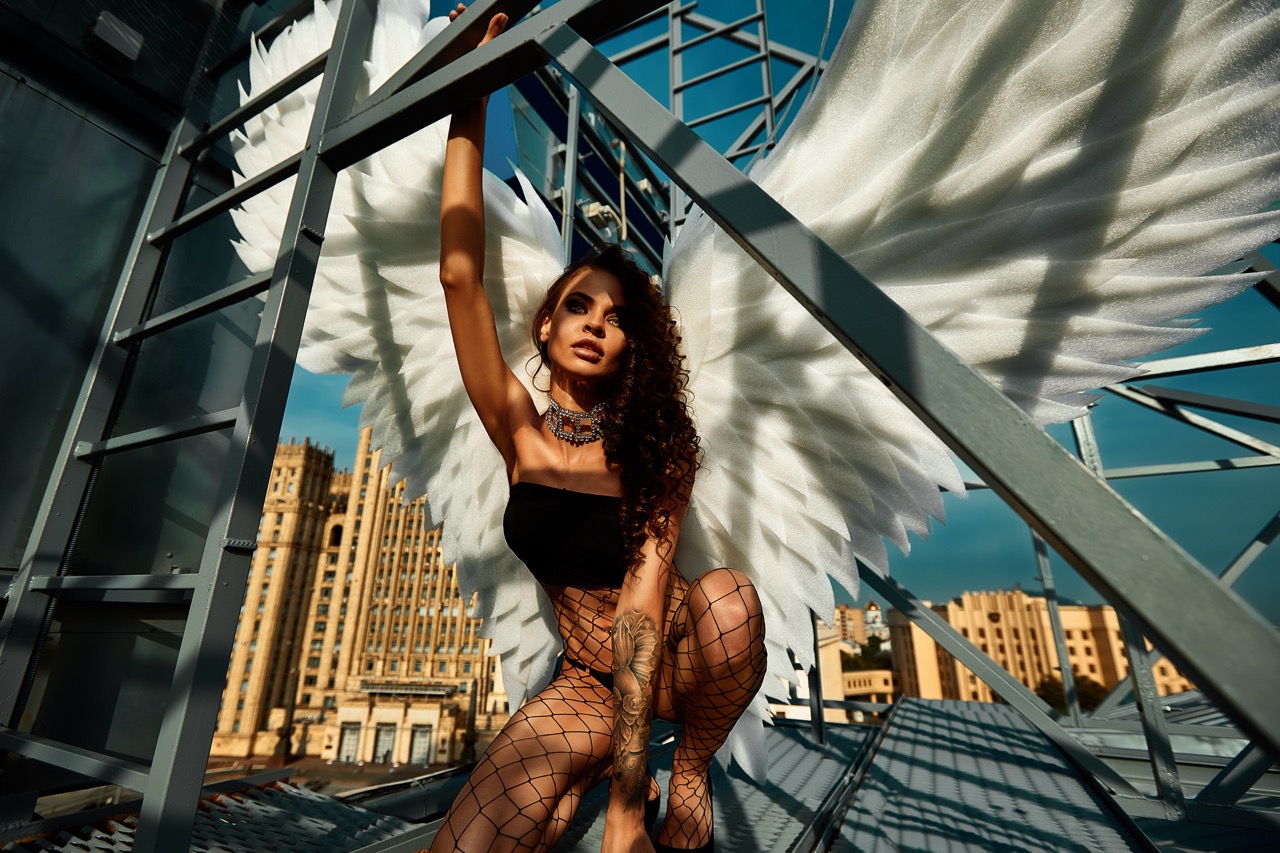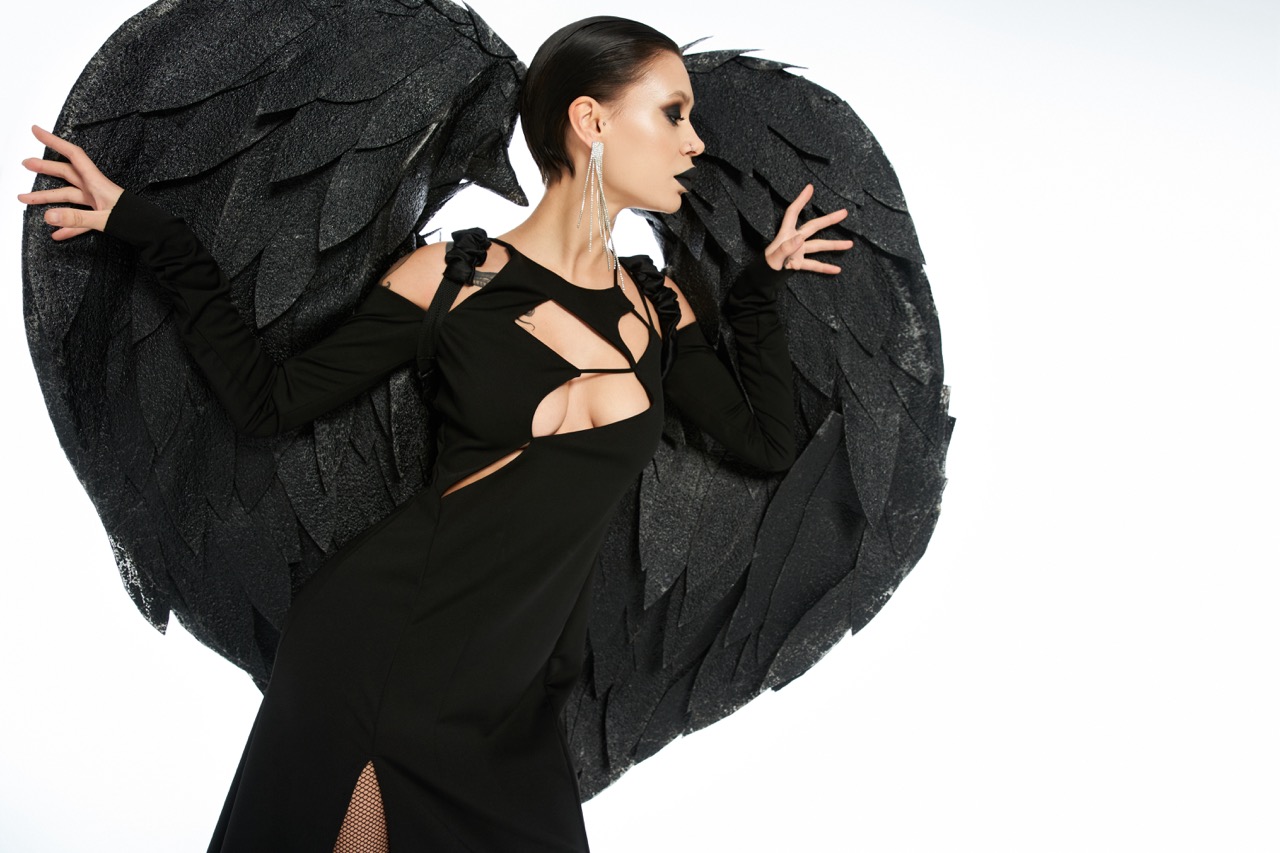The world of dance is a vibrant realm where movement, expression, and artistry intertwine to create mesmerizing performances. Among the myriad types of costumes that dancers don, winged dance costumes stand out for their ethereal charm and dramatic flair. These costumes not only enhance the dancer’s movements but also transport audiences to fantastical realms, evoking feelings of wonder and enchantment. In this guide, we delve into the art of creating these captivating winged dance costumes, offering insights for designers who wish to elevate their craft to new heights.
The Enchantment of Winged Dance Costumes Explained
Winged dance costumes evoke a sense of fantasy that ignites the imagination. They are inspired by mythological creatures, celestial beings, and nature itself. The visual impact of these costumes is undeniable; they can transform a stage into a dreamscape, allowing dancers to portray characters that transcend reality. As a designer, understanding the emotional resonance of winged costumes can guide your creative process. It’s essential to consider how each element of the costume—color, design, and texture—contributes to the overall narrative of the performance.
Moreover, the symbolism of wings is significant across various cultures. They often represent freedom, transcendence, and spiritual journeys. This symbolism can enhance the storyline of a dance piece, making the design choices even more impactful. A well-crafted winged costume can not only enhance the aesthetics of a performance but also deepen the audience’s connection to the dancer’s character. As you embark on your design journey, consider how to incorporate these layers of meaning into your work, ensuring that each costume resonates with its intended themes.
Finally, it is crucial to recognize the practical aspects of winged costumes. They must not only be visually striking but also functional. Dancers need to execute movements with grace and fluidity, so understanding the interplay between design and choreography is vital. A costume that hinders movement can detract from the performance, while one that seamlessly integrates with the dance can elevate it to new artistic heights. Balancing beauty and functionality is the essence of creating truly enchanting winged dance costumes.
Choosing Fabrics: Weight, Flow, and Movement Dynamics
When selecting fabrics for winged dance costumes, the choice of material influences not just the visual outcome but also the dancer’s experience. Lightweight fabrics like chiffon, organza, and georgette are popular choices due to their ability to flow and move gracefully with the dancer. These materials catch the light beautifully, creating an ethereal quality when the dancer spins or leaps. The right fabric can evoke the sensation of flight, allowing the dancer to embody the character fully.
Moreover, the movement dynamics of the fabric play a key role in how the costume functions during a performance. Fabrics that drape well can create stunning visual effects during movement. Designers should consider how the fabric will respond to the dancer’s motions—flowing outwards during a spin or cascading softly during a gentle movement. The interplay between the dancer’s movements and the fabric’s response is what creates the captivating aura that winged costumes are known for.
It’s also essential to consider the weight of the fabric, as heavier materials can restrict movement and become cumbersome. Designers should aim for a balance between the sturdiness required for structure (especially in wings) and the lightness needed for mobility. Additionally, consider color, pattern, and texture when selecting fabrics. These elements will contribute to the overall aesthetic and narrative of the dance, ensuring that the costume not only looks stunning but also fits perfectly within the performance’s artistic vision.
Crafting Wings: Techniques for Structure and Style
Crafting wings for dance costumes is an art form in itself, requiring a blend of creativity and practical skills. There are various techniques for creating wings, depending on the desired look and functionality. One popular method involves using a lightweight frame constructed from materials like plastic or fiberglass, which allows for a sturdy yet flexible wing structure. These frames can be covered with fabric that matches the costume, ensuring a cohesive look while providing the necessary support for movement.
Another technique involves the use of wire to create shaped wings that can be manipulated for different effects. This approach offers versatility, allowing designers to create intricate patterns and designs that can be adjusted for greater expression during performances. Using techniques from crafts like origami or even floral arrangements can inspire unique wing shapes that stand out on stage. As you experiment with these methods, consider how the structure of the wings will interact with the dancer’s movements, enhancing the visual storytelling of the performance.
Style is equally important when crafting wings. Designers can play with colors, patterns, and embellishments to create wings that not only complement the costume but also reflect the character of the dancer. Whether opting for bold, vibrant hues or soft pastels, the choice of colors can dramatically impact the overall aesthetic. Additionally, integrating elements like feathers, sequins, or LED lights can add depth and intrigue, making the wings an unforgettable part of the performance. Ultimately, the goal is to create wings that inspire awe and elevate the dance, capturing the audience’s imagination.
Finishing Touches: Embellishments that Elevate Performance
Once the foundation of the winged dance costume is complete, the magic lies in the finishing touches. Embellishments can transform a beautiful design into something truly extraordinary. Consider adding intricate beadwork, sequins, or rhinestones that catch the light and sparkle with every movement. These accents not only enhance the visual appeal but also add a layer of dimension and texture, making the costume a feast for the eyes.
Another avenue for embellishment is through the use of appliqués and embroidery. These techniques allow designers to incorporate detailed imagery reflecting the performance’s themes, whether that be floral designs, celestial motifs, or abstract shapes. The application of these elements can create a narrative within the costume, adding depth and complexity to the character portrayed by the dancer. The key is to strike a balance; the embellishments should enhance, not overpower, the overall design.
Lastly, consider the practical aspects of embellishments in the context of performance. It’s crucial to ensure that any added elements do not hinder movement or become a distraction during the dance. Securely attaching embellishments and choosing lightweight materials will ensure that the dancer can move freely and confidently. By thoughtfully integrating embellishments, designers can create winged dance costumes that not only dazzle but also elevate the overall performance, leaving a lasting impression on the audience.
Creating winged dance costumes is an intricate blend of artistry, functionality, and storytelling. Each aspect—from the choice of fabrics to the crafting of wings and the final embellishments—plays a pivotal role in the overall impact of the costume on both the dancer and the audience. As designers, embracing this complexity allows us to harness the transformative power of winged costumes, crafting pieces that embody the beauty of movement and the imagination of performance. With passion and creativity, we can continue to enchant audiences, one winged dance costume at a time.
